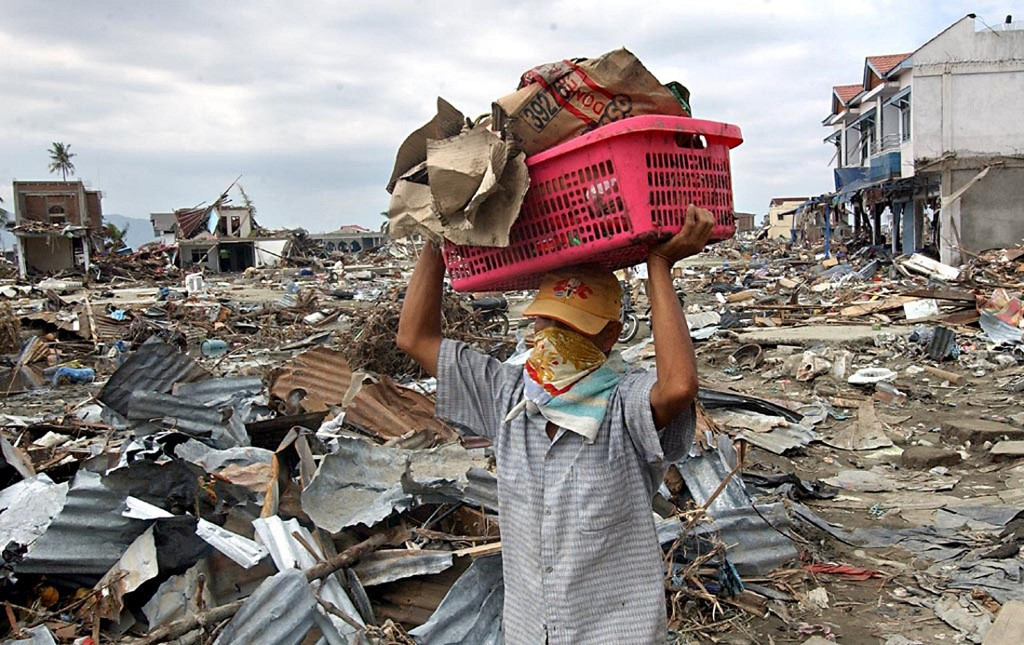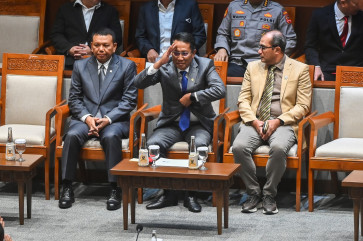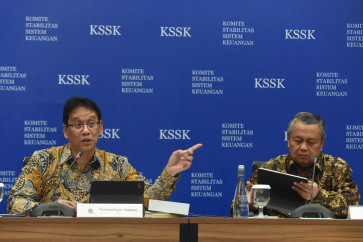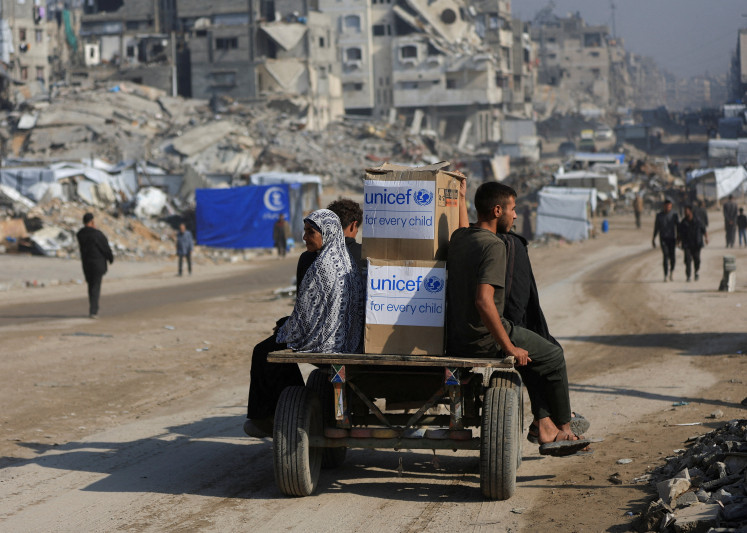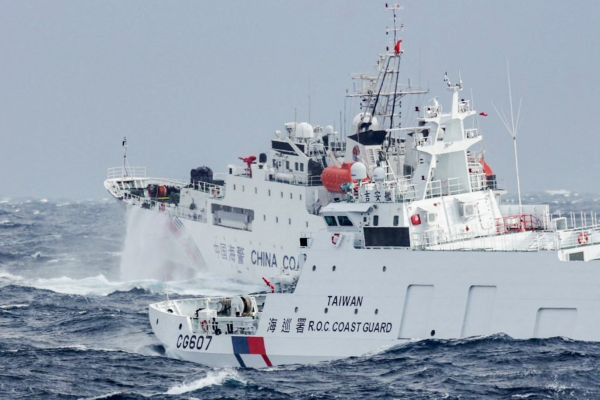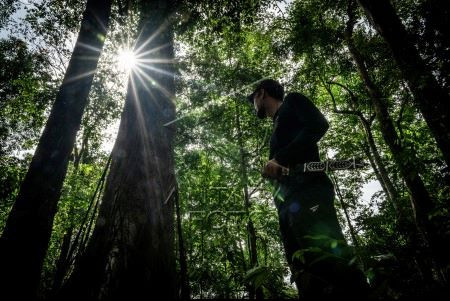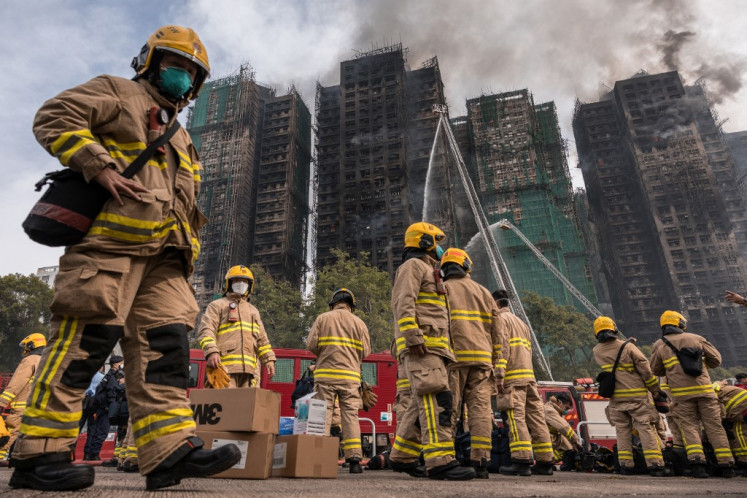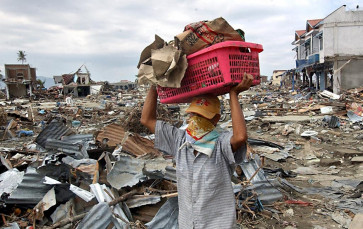Popular Reads
Top Results
Can't find what you're looking for?
View all search resultsPopular Reads
Top Results
Can't find what you're looking for?
View all search resultsTurning disaster into opportunity
Asia and the Pacific is the world’s most disaster-exposed region, yet pre-arranged financing, including insurance, remains strikingly low with coverage below 1 percent in many developing countries.
Change text size
Gift Premium Articles
to Anyone
W
hen the Indian Ocean tsunami reached Myanmar’s coast in 2004, the Moken people had already sought safety on higher ground. They had no written records of tsunamis. What guided them were oral histories of an ancient wave, stories passed through generations that saved lives centuries later.
Across Asia and the Pacific, traditional methods have long helped communities endure disasters. In flood-prone regions, houses were built on stilts. Along storm-battered coasts, homes were made low-slung and flexible, easy to rebuild after being blown apart. Families kept food safe in granaries or buried in underground pits.
Resilience was once woven into daily life. Modernity, in many ways, has disrupted that knowledge.
Sprawling cities now stretch into disaster-prone areas, built in ways that magnify risk. And when calamity strikes, recovery too often means little more than replacing the precarious structures that were lost: houses rebuilt on flood plains, power lines strung across fragile poles, schools reopened in unsafe buildings. Communities remain trapped in a costly cycle of destruction and repair.
The price tag is staggering. On average, disasters cost countries across Asia and the Pacific more than US$100 million in damage every day. The long-term effects are worse. Disasters hit the poor hardest, often trapping them in poverty. For emerging markets that aspire to join Asia’s economic miracle, the lost potential is incalculable.
Every year on Oct. 13, the International Day for Disaster Risk Reduction, we celebrate the people and communities who work to reduce their exposure to disasters. Often, they are the ones who understand that recovery must not be treated as emergency patchwork. Every reconstruction effort should cut future risks and open new opportunities.
Examples across the region show progress. In Tonga, power lines rebuilt underground after Cyclone Gita kept hospitals running when the next storm struck. Some countries are better prepared for safer futures, such as Nepal where schools were built after the 2015 earthquake using designs and materials resistant to tremors, with facilities for girls and students with disabilities. In Indonesia, enforced building codes now prohibit construction on disaster-prone land.

